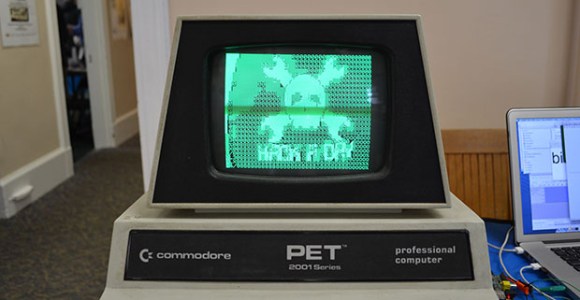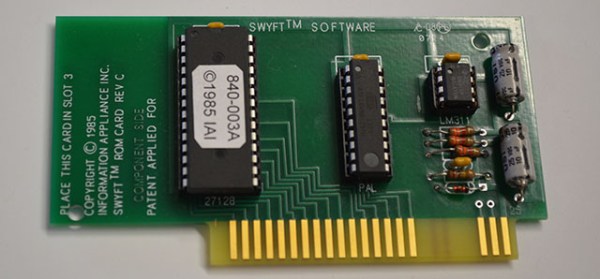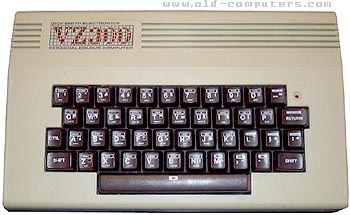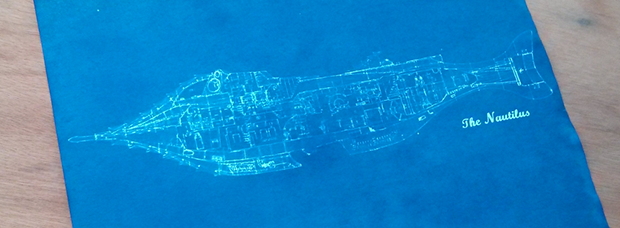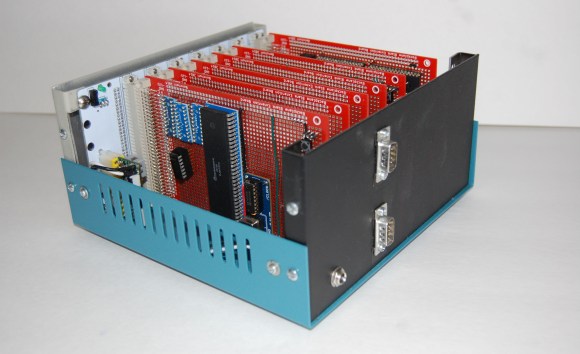
If you do a survey of what makes and models of classic computers manage to pull off a Retro Success by loading our Web 1.0 retro site, you’ll notice a disproportionate number of classic Macintosh computers, the cute, small all-in-one boxes with a nine-inch black or white screen. Part of this is the nigh indestructible nature of these boxes, and part of this is the networking built into every classic Mac – AppleTalk.
The physical connections for AppleTalk is just a small breakout box with two Mini-DIN connectors (or RJ11 phone jacks for PhoneNet) attached to one of the serial ports on the Mac. This isn’t just a null modem connection, though. An AppleTalk network can support up to 32 nodes, file transfer, networked printers, and in later updates booting an Apple IIGS from a networked drive. Whenever you have a few classic Macs in one room, an AppleTalk network is bound to appear at some point, especially considering the limitations of an 800kB disk drive for sneakernetting and the fact the AppleTalk software is supplied with every version of the operating system.
[Chris] had an old dual disk Macintosh SE he had brought back from the dead, but his modern expectations of Internet On Every Computer meant this cute little compy was severely lacking. Yes, SCSI to Ethernet adapters exist, but they’re surprisingly expensive. Modems are right out because of landlines. How did he solve this problem? With AppleTalk, of course.
After picking up a pair of PhoneNet adapters, [Chris] plugged one into a PowerPC mac running OS 9. MacTCP, the Apple TCP/IP control panel for classic Mac operating systems, is able to encapsulate IP traffic into AppleTalk Packets. After turning the PowerPC mac into a router, [Chris] managed to get his all-in-one SE on the internet.
The only problem with this setup is the browser. NCSA Mosaic doesn’t have the ability to send traffic to a proxy server, but another classic Mac browser, MacWeb 2.0c does. This allowed him to load up our retro site using forgotten and long unsupported technologies.
If you have an old computer sitting around, try to load our retro site with it. Take a few pictures, and we’ll put it up in one of our Retro Roundups
